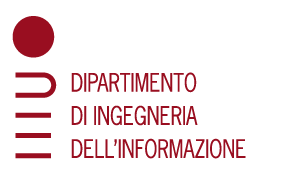Similarity Search
Submitted by admin on
Similarity search concerns with finding similar objects in large datasets, and it plays a crucial role in data mining, machine learning, statistical estimation, information retrieval, and pattern recognition. Similarity search however is resource intensive due to the large size of datasets and to the high dimensionality of objects.Some areas of investigation include:






